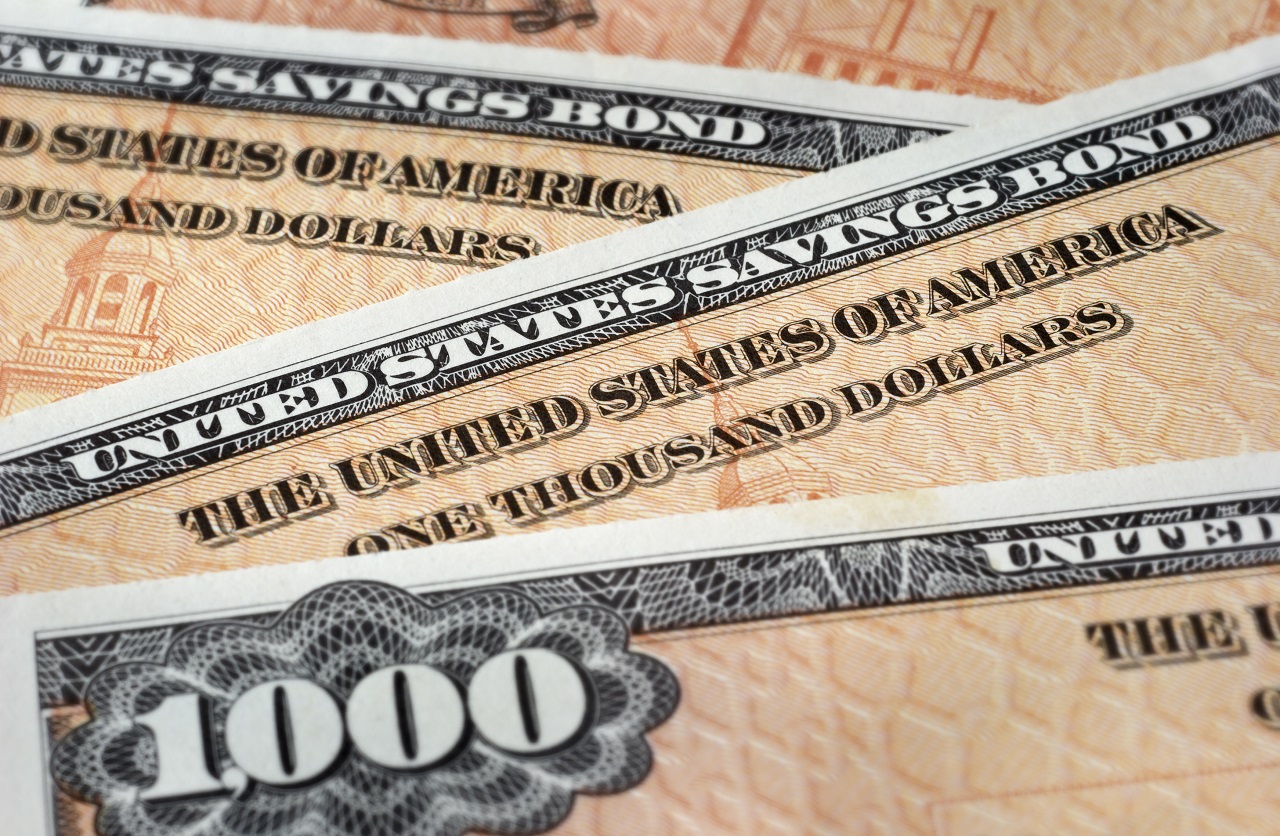Savings Bonds for the Holidays?
Rising interest rates won’t affect savings bonds, which makes them a money-smart gift for a young child. Here’s our top pick.


Interest rates are rising, but savings bonds are missing the party. In October, a newly issued series EE bond offered a limp 0.1%, the same rate new bonds have carried since November 2015. The composite rate on a new I bond was 2.52%.
If you want to buy a savings bond as a gift for a young child, the EE bond may actually be a better choice. If accumulated interest doesn’t double the value of an EE bond you buy today after 20 years, the Treasury will adjust the bond’s value to twice the purchase price at the 20-year mark, for a guaranteed return of about 3.5%.
How they work. EE bonds carry a fixed rate, which the Treasury Department resets for new bonds every May 1 and November 1 (after our press date for this issue). Ken Tumin, of DepositAccounts.com, predicted that the EE bond rate would remain flat at 0.1% with the November 1 adjustment. Federal income tax on interest from EE and I bonds can be deferred until you redeem the bond or it matures. (Interest is not subject to state or local tax.) An I bond’s composite rate includes a fixed rate and an inflation rate that adjusts semiannually. Tumin predicted a composite rate of 2.72% on new I bonds starting November 1.

Sign up for Kiplinger’s Free E-Newsletters
Profit and prosper with the best of expert advice on investing, taxes, retirement, personal finance and more - straight to your e-mail.
Profit and prosper with the best of expert advice - straight to your e-mail.
If you want your gift to go toward college costs, savings bonds aren’t the best choice. All or a portion of the interest earned with EE and I bonds may be tax-free if used for qualified education expenses, such as tuition and fees. But among other limitations, including income caps, the bondholder must have been at least 24 years old on the first day of the month in which the bond was purchased to qualify for the tax break when redeeming it—so a child who receives a bond in his or her own name won’t benefit.
Instead, consider contributing to a child’s 529 college-savings plan, which “is likely to have a better outcome over a 20-year period than buying a savings bond today,” says Jill Fopiano, CEO of Boston wealth-management firm O’Brien Wealth Partners.
Get Kiplinger Today newsletter — free
Profit and prosper with the best of Kiplinger's advice on investing, taxes, retirement, personal finance and much more. Delivered daily. Enter your email in the box and click Sign Me Up.

Lisa has been the editor of Kiplinger Personal Finance since June 2023. Previously, she spent more than a decade reporting and writing for the magazine on a variety of topics, including credit, banking and retirement. She has shared her expertise as a guest on the Today Show, CNN, Fox, NPR, Cheddar and many other media outlets around the nation. Lisa graduated from Ball State University and received the school’s “Graduate of the Last Decade” award in 2014. A military spouse, she has moved around the U.S. and currently lives in the Philadelphia area with her husband and two sons.
-
 Stock Market Today: Trump Retreats, Markets Rejoice
Stock Market Today: Trump Retreats, Markets RejoiceStocks rally, yields soften, the dollar rises, and even beaten-down names enjoy the wages of potential trade peace.
By David Dittman
-
 In Trump’s Economy Should 401(k) Savers 'Set It and Forget It?'
In Trump’s Economy Should 401(k) Savers 'Set It and Forget It?'It’s hard to bury your head in the sand when the markets are volatile. Here’s when it makes sense and when it doesn’t.
By Donna Fuscaldo
-
 Roth IRA Contribution Limits for 2025
Roth IRA Contribution Limits for 2025Roth IRAs Roth IRA contribution limits have gone up. Here's what you need to know.
By Jackie Stewart
-
 Four Tips for Renting Out Your Home on Airbnb
Four Tips for Renting Out Your Home on Airbnbreal estate Here's what you should know before listing your home on Airbnb.
By Miriam Cross
-
 Five Ways to a Cheap Last-Minute Vacation
Five Ways to a Cheap Last-Minute VacationTravel It is possible to pull off a cheap last-minute vacation. Here are some tips to make it happen.
By Vaishali Varu
-
 How to Figure Out How Much Life Insurance You Need
How to Figure Out How Much Life Insurance You Needinsurance Instead of relying on rules of thumb, you’re better off taking a systematic approach to figuring your life insurance needs.
By Kimberly Lankford
-
 Amazon Big Deal Days Is Coming! We’ve Got All the Details
Amazon Big Deal Days Is Coming! We’ve Got All the DetailsAmazon Prime To kick off the holiday season with a bang, Amazon Big Deal Days runs Tuesday, October 8 and Wednesday, October 9.
By Bob Niedt
-
 How to Shop for Life Insurance in 3 Easy Steps
How to Shop for Life Insurance in 3 Easy Stepsinsurance Shopping for life insurance? You may be able to estimate how much you need online, but that's just the start of your search.
By Kaitlin Pitsker
-
 Five Ways to Shop for a Low Mortgage Rate
Five Ways to Shop for a Low Mortgage RateBecoming a Homeowner Mortgage rates are high this year, but you can still find an affordable loan with these tips.
By Daniel Bortz
-
 Retirees, It's Not Too Late to Buy Life Insurance
Retirees, It's Not Too Late to Buy Life Insurancelife insurance Improvements in underwriting have made it easier to qualify for life insurance, which can be a useful estate-planning tool.
By David Rodeck